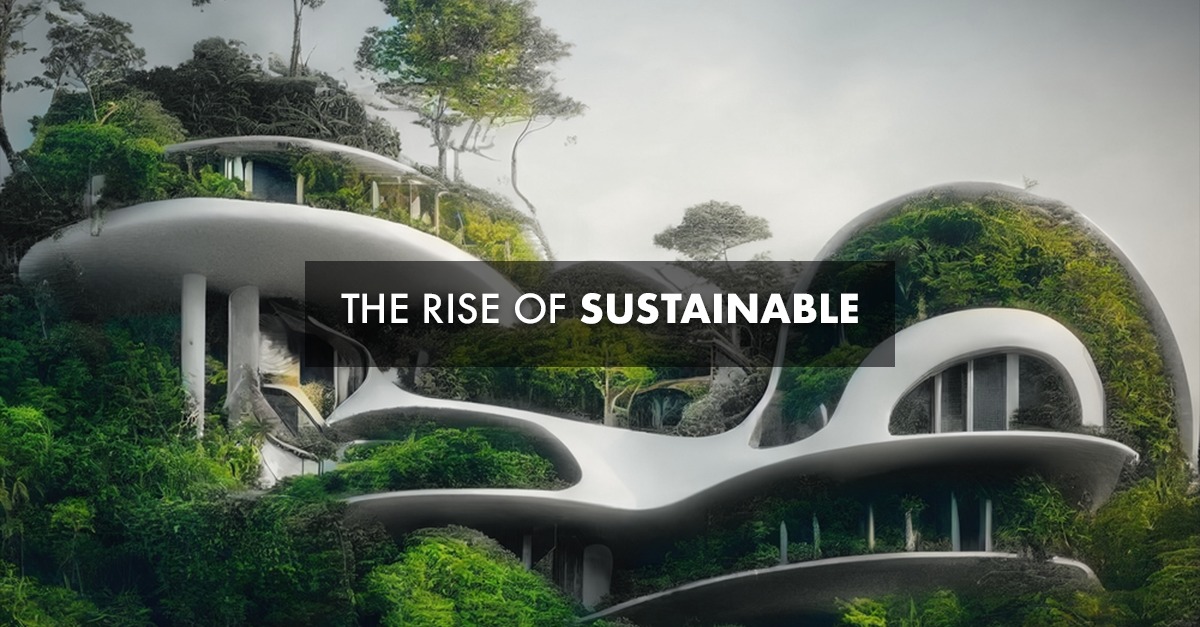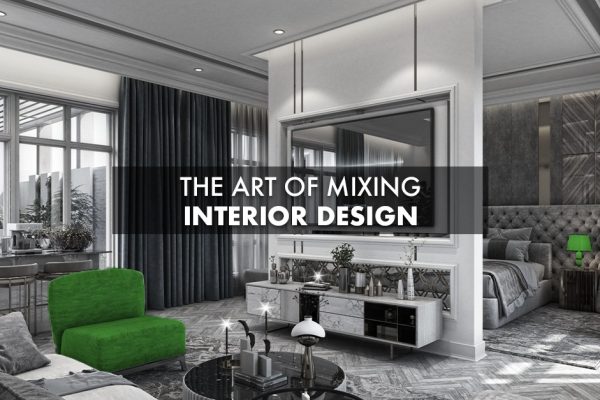The Rise of Sustainable
Architecture: Building for a Greener Future
As environmental concerns continue to grow, sustainable architecture has emerged as a key solution for building a greener future. Sustainable architecture focuses on reducing the negative environmental impact of buildings by promoting energy efficiency, using eco-friendly materials, and incorporating renewable energy sources. Let’s explore the principles of sustainable architecture and how they are shaping the future of construction.
One of the primary principles of sustainable architecture is energy efficiency.
Buildings are responsible for a significant portion of energy consumption and greenhouse gas emissions. Sustainable buildings aim to minimize energy usage through various strategies. This includes the use of energy-efficient appliances and lighting, proper insulation, and the integration of renewable energy systems such as solar panels or wind turbines.
Another crucial aspect of sustainable architecture is the use of eco-friendly materials.
Traditional construction materials can have harmful environmental effects due to their extraction, manufacturing, and disposal processes. Sustainable architects prioritize materials that are locally sourced, renewable, and have a low carbon footprint. Examples include reclaimed wood, recycled metals, and low VOC (Volatile Organic Compounds) paints.
Designing with natural elements and passive strategies is another key principle of sustainable architecture. By harnessing natural light, ventilation, and thermal mass, buildings can reduce the need for artificial heating, cooling, and lighting. Features like large windows, skylights, and proper orientation can optimize the use of daylight, while well-designed ventilation systems ensure a constant flow of fresh air.
Water conservation is also a significant focus in sustainable architecture. Buildings can incorporate rainwater harvesting systems, grey water recycling, and efficient plumbing fixtures to minimize water usage. Additionally, landscape design plays a role in sustainable architecture, with the use of native plants and water-efficient irrigation systems.
Beyond the design and construction phase, sustainable architecture considers the life cycle of a building. This includes its operation, maintenance, and eventual demolition. Building automation systems and smart technologies can be implemented to optimize energy usage and monitor building performance over time. Additionally, designing for adaptability and flexibility allows buildings to be repurposed or renovated rather than demolished.
Sustainable architecture is not only beneficial for the environment but also for the occupants. Buildings that prioritize natural light, good indoor air quality, and a connection to nature contribute to the well-being and productivity of individuals.
In conclusion, sustainable architecture offers a holistic approach to building design that prioritizes energy efficiency, eco-friendly materials, and the well-being of occupants. By embracing sustainable practices and integrating them into the construction industry, we can work towards a greener and more sustainable future.
You can follow us on Social media Facebook, instagram and Linkedin














